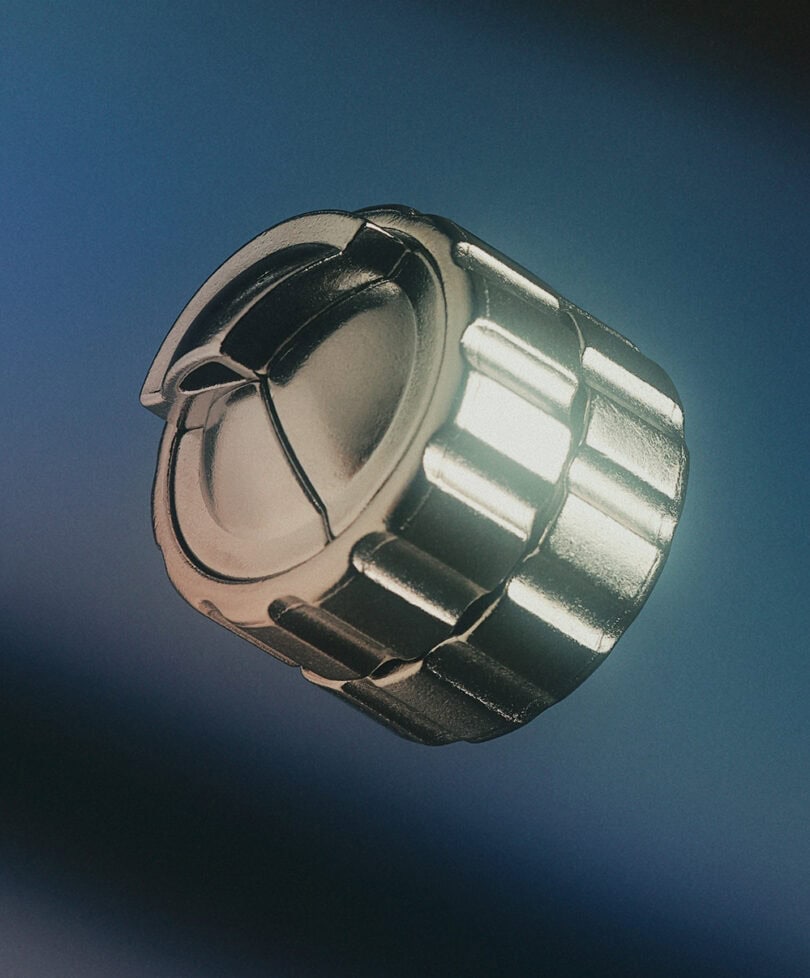
Europe’s Tech Compass is Starting to Point North
After the AI Action Summit in Paris, it has become clear that Europe is ready to invest. But spending money isn’t everything, argue Leonardo Quattrucci and Max Reddel.
An ancient fable tells the story of a turtle winning in a running race against a hare. Surprising – how can a slow-moving tortoise outpace her swift adversary? The answer is: a clear and consistent strategy can overcome a showy but inconsistent opponent. Aesop’s fable could not be more relevant for European policymakers, today, in their scramble for competitiveness.
The European Union has stated its ambition to attain “sustainable prosperity and competitiveness” by “closing the innovation gap” with the United States and China. To pursue those goals, the European Commission transformed Mario Draghi’s report on EU competitiveness into a Compass, announcing a long list of tens of strategies and policies to boost European capabilities in frontier technologies, such as Advanced Artificial Intelligence (AI) and Quantum.
Grand strategy requires proportioning limited means to ambitious ends, and the EU and its Member States are trying to square-up to heavyweights. At the AI Action Summit in Paris, the French government and the European Commission announced EUR 109 and EUR 200 billions of investments in AI. If effectively implemented, this announcement is an order of magnitude increase compared to the initial allocation to the European AI Factories.
Even with this recent upping of the ante, Europe is still in a different league. Compare it to Stargate, the USD 500 billion investment in advanced AI infrastructure announced by President Trump in concert with the CEOs of OpenAI, Nvidia, and Oracle – and that’s just one project. US AI investments in 2024 came to USD 67 billion, and Microsoft alone has already pledged to spend USD 80 billion in 2025. The Chinese government also joined the investment spree with a trillion-yuan announcement (roughly EUR 135 billion) to “provide special comprehensive financial support to promote the development of the artificial intelligence industry chain.” Given the headstart the Chinese and US AI sectors have on their European counterparts, it’s important to consider President von der Leyen’s announcement in global context.
It’s also critical to remember that the proof with any of these announcements will be in implementation. Mobilising money is not the same as building hyperscaler infrastructure. And technology development and adoption are skills, not events. Today, the European Union does not have the tech giants that have relevant experience of hyperscaling, nor does it have the relevant tech and manufacturing infrastructure underpinning AI advancements, so the EU will have to demonstrate that it can catch up with twenty years of sustained technology investments.
The Chinese experience shows that excellent execution can make up for lack of scale. A week after the Stargate announcement, the Chinese AI upstart DeepSeek crashed tech stocks by releasing a top-performing model at a fraction of the cost of OpenAI’s ChatGPT. Some spoke of AI’s Sputnik moment; others expressed scepticism, and others talked of a market correction. Regardless of predictions, the DeepSeek swing showed two things.
First, the AI industry is still an open space for different players and different approaches. As we have seen from the spate of ambitious announcements in Paris, DeepSeek has become a rallying call rather than a crash landing, especially for the many pessimists bemoaning another missed opportunity for the EU – the game is very much still on.
Second, compute still matters, disproportionately. What hyperbolic headlines about Deepseek overlook is that efficiency gains plus abundance of compute are the big bet for exponential advantage – it is not either or. If export controls did not prevent DeepSeek from accessing larger quantities of compute, they would. DeepSeek’s CEO said it himself: “Money has never been the problem for us; bans on shipments of advanced chips are the problem.”
Creating operational excellence to scale AI, coupled with an abundance of compute infrastructure, is a chance to leapfrog technological competitiveness. What is more, AI is a long, exponential game, and short-term advantages may not last—just ask OpenAI.
The investment landscape for the infrastructure of the future just got more interesting.
What this means for the EU is that it’s time to go big or go home. And President von der Leyen is going big with calling for “very large data and computing infrastructure, to train very large models.” Many have echoed Draghi’s appeal in the same vein and we at the Centre for Future Generations stand by it, but how you go big, we believe, matters as much as how big you go.
The flaw of the Commission’s new Competitiveness Compass is that it repackages an old model of doing technology policy. It confuses the “North” with creating European tech giants–idealised rivals to the American giants – but does not address the wildly different market realities. The European effort to engineer cloud hyperscalers, for example, failed because the size and scope of money, talent, and experience invested were not proportionate to the task – and that’s because Brussels has nowhere near the centralised power and oversight seen in Washington or Beijing.
Now that it is putting significant resources behind the tech industry, the EU should stop trying to create homegrown tech champions in a fragmented landscape but find a coherent way to do AI the European way. In the Competitiveness strategy of the Commission, we see multiple overlapping strategies and policies, with separate sections focused on AI, quantum, and biotech: but what is the EU’s overarching deep tech strategy? And, crucially, will Member States back it? They must, or big ambitions will not turn into equivalent realities. To repair its technology compass, the EU must define its own cardinal points and commit to them, because innovation does not work through compromise. The Commission has taken the first, bold steps. Top-down initiatives, such as the CERN for AI, have turned from a footnote in an official communication, to the EU’s centerpiece at the AI Action Summit.
With growing resources and bold objectives, the EU should move from a logic of thousand-flowers-blossoming to one of moonshots. Success will not be measured by the number of strategies and White Papers produced but by the number of investors that decide to bet on Europe in the next five years; by the number of builders and entrepreneurs who see the Single Market as an opportunity to create equitable and competitive technologies.
As Nobel Prize-winner Ricardo Haussman puts it, when institutions “fail to learn, they learn to fail.” The whatever it takes moment of European competitiveness seems to be fast approaching, and Europe can count less and less on its historical Allies for aid.
When you are the tortoise in the race, you cannot win by trying to jump like a hare: you must set your model for innovation, rather than attempt to catch up with others. It’s time for Europe to set its own innovation strategy rather than chasing tales from China and the US. The AI Action Summit has set a new, promising direction of travel.
A version of this article written before the AI Action Summit was published in Taggespiegel, we have updated it to reflect the announcements made by Ms Von der Leyen.


